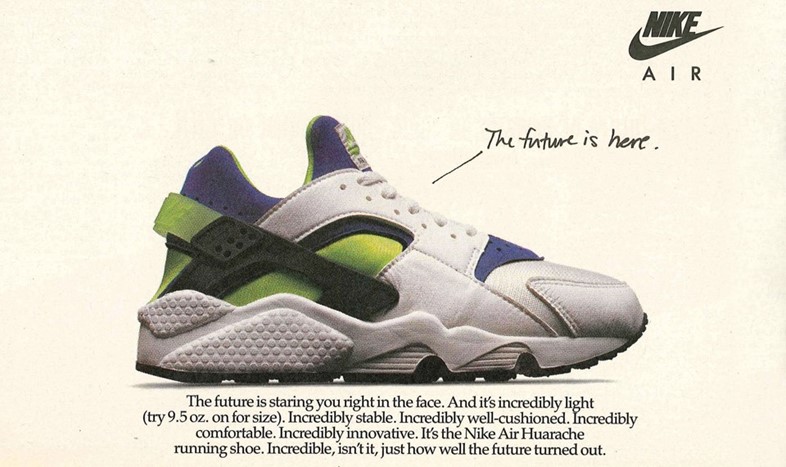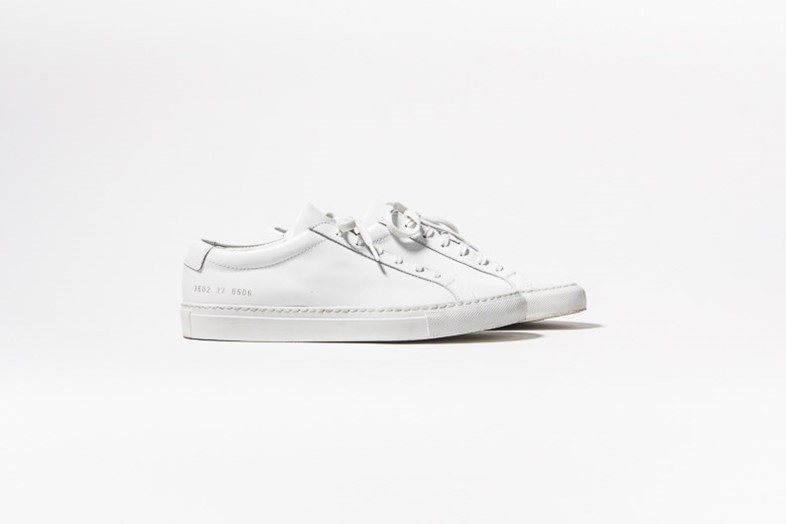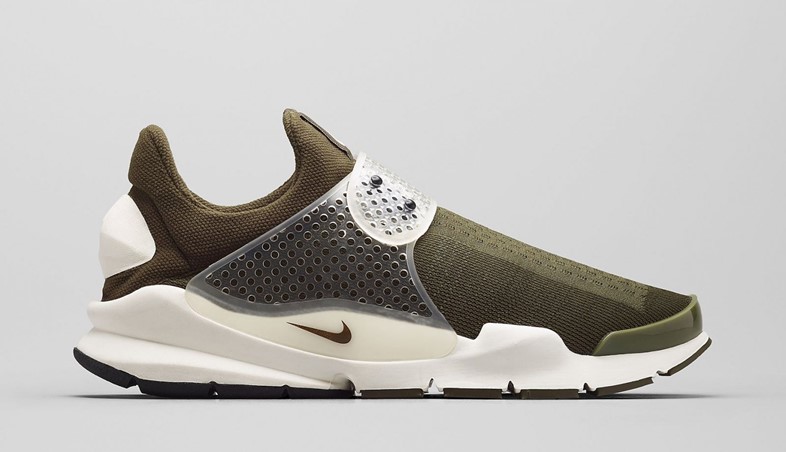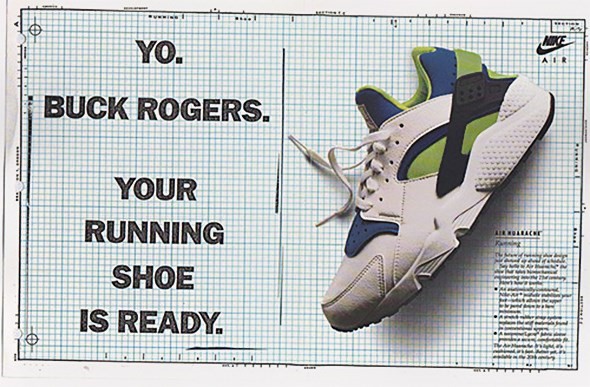From the favourites of Robbie Spencer to Juergen Teller, we look at what fashion's creative pioneers are suggesting for the next Stan Smith
The adidas Stan Smiths have become an indelible part of the fashion industry's wardrobe; an anti-fashion statement that eschews trend-led footwear for the timeless classic. Worn by industry leaders from Phoebe Philo to Marc Jacobs and redesigned by everyone from Raf Simons to Yohji Yamamoto, the enduring appeal of the Stan Smith scarcely needs much testimony. Its cultural influence is the stuff of legend – "A lot of people know my name and think I am a shoe" the man himself once said – but the big question is what will come next? Will any other sports shoe achieve the same luxury fashion cachet? Will minimalist designers like Common Projects or the flamboyant Asics be the next big thing? We look at some of our predictions for the next Stan Smiths..

The Biography of the Trainer
The biography of the trainer is one inexorably interwoven with sociopolitical history. Dating back to the nineteenth century, curator of the Bata Shoe Museum and author of Out Of The Box: The Rise of Sneaker Culture Elizabeth Semmelhack explains that "it was born from a confluence of technological advancements and societal shifts. The wealthy of the Industrial Age sought diversion in physical recreation and eagerly consumeed athletic footwear to improve their performance and proclaim their priviledge." Physical activity was considered to be morally edifying and thus, bizarrely, the trainer became associated with Christian groups like the YMCA who encouraged fitness to steer urban communities away from degeneracy.
As the twentieth century saw Golden Age Hollywood promote a specific code of (svelte, athletic) beauty, fitness moved away from its religious connotations and became about physical aesthetics; the trainer became celebrated as a means to achieving the All-American dream. Endorsements from vaunted athletes like basketball player Chuck Taylor (for Converse All Stars) and Jack Purcell offered an aspirational marketing strategy and, by 1977, Vogue proclaimed that "real runner's sneakers" were the hottest status symbol around. Worn by everyone from Mick Jagger to Farrah Fawcett, the humble trainer had become a status symbol – and perhaps no model embodies this phenomenon as thoroughly as the adidas Stan Smith.
ASICS GT-2000
Spotted worn by Juergen Teller during Dior Couture earlier this month were some vibrantly-coloured Asics; the height of flamboyant practicality. Only days later, Phoebe Philo was seen wearing the same – perhaps they bought them together? A woman who has been a pioneer of high fashion meeting urban footwear, her choices are ones to be taken seriously and the GT-2000 – "designed to be quick on and off for those busy triathlon transition areas" – look like a promising alternative to the Stan Smith classic.

Nike Huaraches
Nike designer Eric Avar explains that the Huarache philosophy (established by his mentor, Tinker Hatfield) is a "functional, minimalist, natural approach to footwear and design." Created with references to Native American moccasins during a period of trainer design defined by durablitity and protection, their creation was an avant garde move on Tinker's part – but, as Avar says, "to be a little nervous is a good thing; you know you're pushing the limits when you feel that way." Anothermag.com editor Laura Bradley once proclaimed that Huaraches are "the new Stan Smiths" – and last week, Dazed Creative Director Robbie Spencer was seen sporting them. Pushing the boundaries of design in their original inception, and worn by all sorts of people who value the same principles in their field, they are definitely in the running.

Common Projects Achilles Leather Sneakers
Inspired by the lines and shapes of everyday objects, founders of Common Projects (art director Flavio Girolami and creative consultant Prathan Poopat) treat trainer design like tailoring: with exceptional attention to detail. Each pair is stamped with a gold serial number (presumably to prevent market-stall knock-offs), and their super-chic, hyper-luxury approach to the shoe has resulted in cult fashion status. They are almost the opposite of shoes like Asics and more likely to be found on street style blogs than basketball courts – but with a distinct appeal to and positive response from the fashion-forward crowd (retailing at outlets like Dover Street Market) their success has been unquestionable.

Nike Sock Dart
Originally created in 2004, Nike re-released their Sock Dart at the end of 2014 – and to rapturous response from sportswear fanatics and fashion aficionados alike. Dazed Group Creative Director Ronojoy Dam explained "I think the Sock Dart fuses the appeal of the Nike Free and Flyknit for comfort and technical innovation, with a retro-futuristic aesthetic. Industrial comfort." It is this revival of the early-2000s Nike aesthetic during a period where nostalgia for our recent past is all the rage (see: Miu Miu Cruise 2016, Maison Margiela Artisanal) and industrial stylings are back in fashion (see: J.W. Anderson S/S16, the space-age abbatoir of Prada Menswear S/S16) that makes Nike's Sock Dart a particularly promising Stan Smith alternative.
Out of the Box: The Rise of Sneaker Culture by Elizabeth Semmelhack is available from Rizzoli
